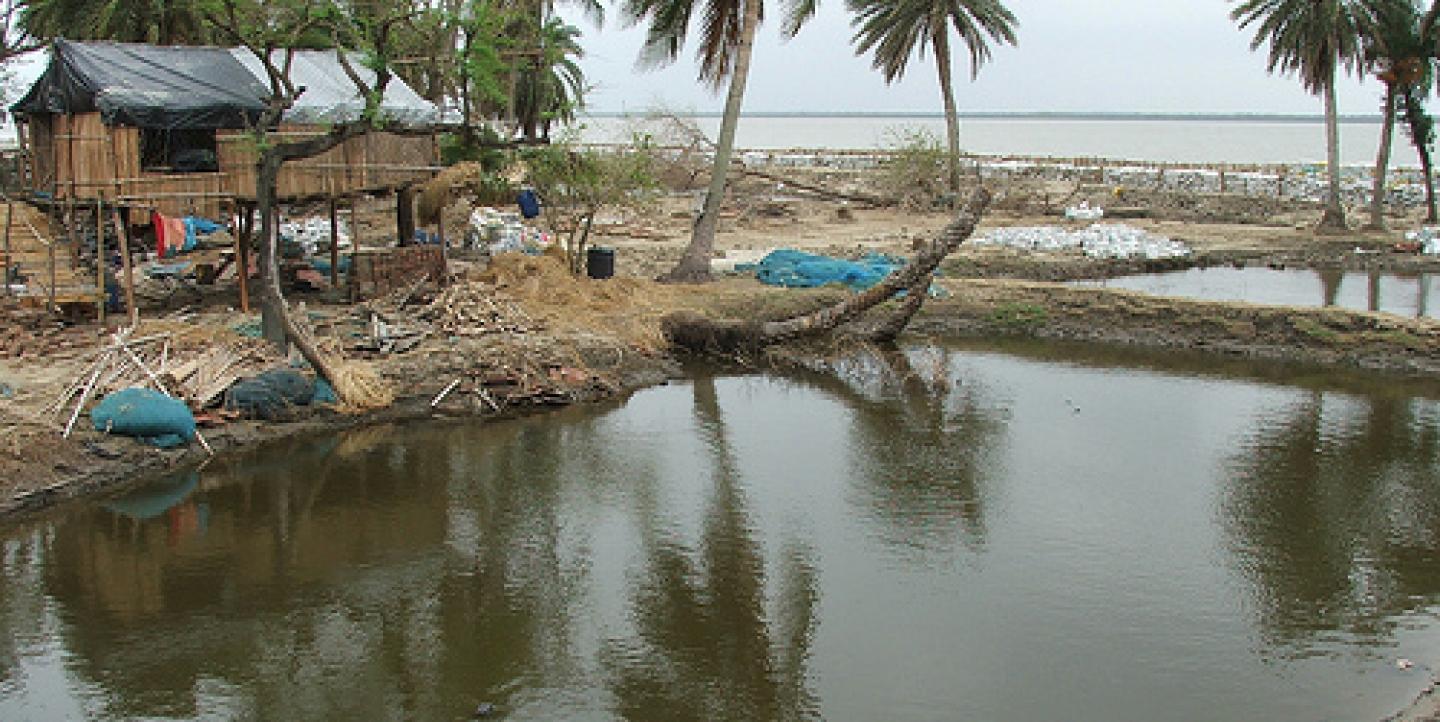Journalist Subhransu Priyadarshini was on vacation in Eastern India when she first noticed the “vanishing islands.” There in the Sundarbans, in the Bay of Bengal, people had been forced off land as it became submerged under water.
Surprised to learn nothing had been published on the phenomenon outside academic research, Priyadarshini began to ask questions. She found that scientists had forecast a dozen islands would disappear within the next decade due to rising sea levels, threatening one of Earth’s major tiger habitats. Thousands of people had already fled their homes.
She found that government records revealed little about the crisis in the Sundarbans, a UNESCO World Heritage Site. The government denied that islands had been submerged due to climate change, maintaining that land erosion and accretion were natural phenomena and that there was no evidence of sea-level rise.
Priyadarshini quickly realized she would have to take matters into her own hands, and that she’d have to use science to prove the facts.
“You have to understand that the West Bengal state is a Communist state government ruling for close to three decades,” Priyadarshini said during the recent Global Investigative Journalism Conference (GIJC) in Rio de Janeiro. “There was no scientific data compiled on the fragile ecosystem.”
Priyadarshini described the process of reporting on the complex topic, which became a front-page story in The Telegraph newspaper, and another in the newspaper’s "Know How" section. This year, seven years after her original piece, she revisited the topic for an in-depth feature published in Nature India, where she is the editor.
“Through my investigations, the evidence emerged loud and clear,” Priyadarshini said. “Two islands had indeed submerged – slowly first and rapidly over the last three decades.”
Priyadarshini consulted an oceanography expert who had been working for years on this issue without much publicity. He had compiled a series of maps and published a paper in a lesser-known science journal. She used a number of scientific papers and reports to compile information, and mixed this research with field trips and anecdotal local accounts, where she shot photographs and heard stories of how local populations were pushed out of their homes.
“I was ultimately able to use science as an investigative tool,” Priyadarshini said, “but this was most effective because I also used anecdotal stories that told the human element of the story.“
Her reporting made an impact: the government admitted publicly that climate change is a reality in the Sundarbans. The islands and their habitat continue to be covered by a range of media, including The Guardian. This year, the state government of West Bengal published a report exploring climate change’s underlying threat to the delta region, along with a climate change action plan.
“And I think I’ll revisit the story again in a few more years,” Priyadarshini said.
Priyadarshini had this advice for journalists conducting investigations into scientific topics:
- Peer review is important but not everything. It’s important to get all sides of the story, from sources including NGOs, politicians, companies and affected people.
- Sources can include: peer-reviewed publications, conferences, lab reports, national communications, e-mail alerts, scientists’ unions or associations, and even disgruntled researchers within the scientific establishment.
- When dealing with statistics, data and images: Geologists and climate scientists often talk in terms of very long time periods such as centuries or millenia. One has to humanize those numbers and figures, by using percents, averages, rates, data expressed in terms of decades and satellite figures.
- Stay away from pseudoscience. Lists of which journals are more or less reliable are available here and here.
- It is important to report science policy, since this is the facet of science that looks at how science affects the people involved.
- A good resource for using science for investigative journalism available from the World Federation of Science Journalists.
Related reading: Six tips for beginning science writers
Tips for blogging about science
Science journalism: judging the quality of your source
Photo courtesy of Oxfam International with a Creative Commons license.
Jessica Weiss is a freelance journalist based in Argentina.

